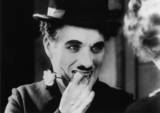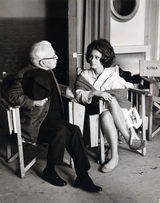Filming A King in New York
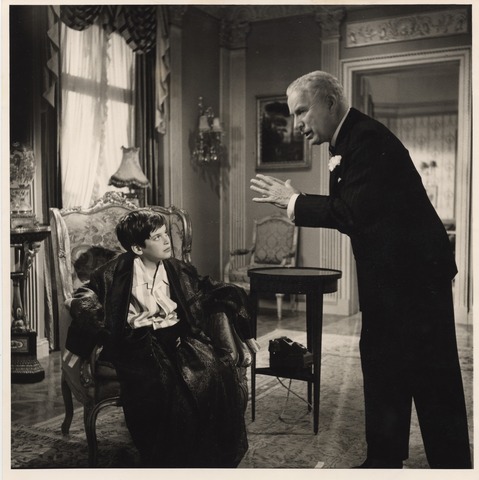
With A King in New York Charles Chaplin was the first film-maker to dare to expose, through satire and ridicule, the paranoia and political intolerance which overtook the United States in the Cold War years of the 1940s and 50s.
Chaplin himself had bitter personal experience of the American malaise of that time. The right wing and the Federal Bureau of Investigation had seen him as an ideal target - a foreigner who had never taken American citizenship, and whose work had a natural appeal to the humanists and radical intellectuals, now regarded as enemies of society. By the late 1940s the political and personal attacks on Chaplin became so acute that in 1952 he was happy to be forced into the decision to leave America for ever, and make his home in Europe.
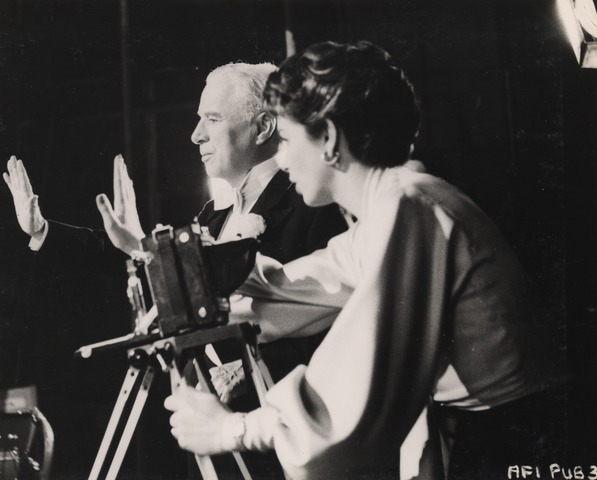
To take up film making again, as an exile, was a challenging undertaking. He was now nearing 70. For almost forty years he had enjoyed the luxury of his own studio and a staff of regular employees, who understood his way of work. Now though he had to work with strangers, in costly and unfriendly rented studios. In the old days he could take all the time he wanted, trying things over and over again until he got them to his satisfaction. Now every minute cost money. Working under such constraints, Chaplin completed shooting A King in New York in what was for him a record time of only twelve weeks. The film shows the strain.

The story is set in New York, but Chaplin was obliged to use London locations, which are often less than convincing. He employed one of the cinema’s great cameramen, Georges Périnal, but was generally in too much of a hurry to allow him enough time to light the set properly, so that the photography has often a shabby look. The script would have benefited from a good editor. In his satirical view of America, Chaplin takes on too many targets - wide screen movies, television commercials, cosmetic surgery, social pretension. Chaplin himself insisted that his intention was not to make a political film. His was still as it had always been, he said, only concerned to make people laugh. Yet at the centre of this imperfect film is a fierce and effective comic essay on political intolerance and its ultimate victims.
Here, the ultimate victim is the small boy Rupert Macabee robbed of his self-respect when the Un-American Activities Committee investigators trick him into “naming names”, betraying the political affiliations of his parents’ friends. It is interesting to compare A King in New York with an earlier film, The Kid in which a small boy is also a central figure, and the ultimate victim of a sick society. In The Kid the injustice of society takes the form of physical deprivation. In A King in New York the child suffers something far worse - his honour, his conscience and his soul are abused.
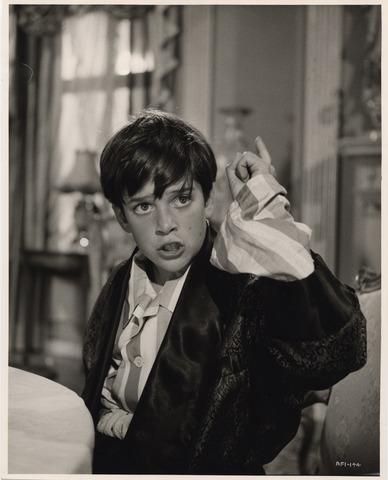
The role of the small boy was of crucial importance - like Jackie Coogan in The Kid he is virtually Chaplin’s co-star. It was a last-minute decision to choose his own eldest son, Michael, then 10 years old. Michael’s parents thought of disguising his identity under the pseudonym of John Bolton, but the boy himself insisted on keeping his own name. His performance is excellent. He plays Rupert as an odious, precocious brat, but at the same time makes him touching in his vulnerability. In later years, Chaplin and his wife would debate who was the better actor, Michael or Jackie Coogan - with Oona Chaplin always championing her own son.

Apart from all else, it was commercially audacious of Chaplin to make a film which he knew could not be shown in the United States - and indeed it was to be 16 years before A King in New York was screened there. In Europe reaction to the film was generally favourable. Critics were not put off by any technical shortcomings, and the distinguished critic Kenneth Tynan considered it a positive merit that “Nobody has subjected the script to ‘a polishing job’ which is the film industry’s euphemism for the process whereby rough edges are planed away and sharp teeth blunted …. A crude free film is preferable, any day, to a smoothly fettered one”. In A King in New York Chaplin - unlike his contemporaries in Hollywood - was definitely and fearlessly unfettered.
